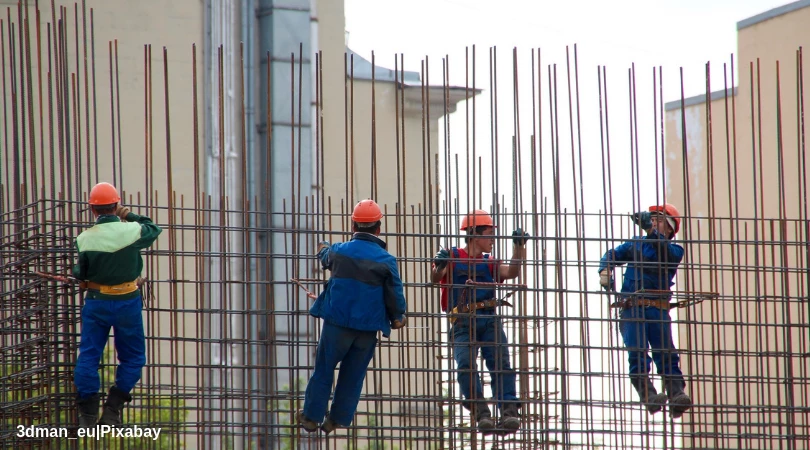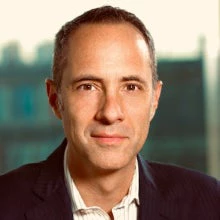Like winter and summer solstices of investment cycles, every six months we take stock of how much private participation in infrastructure has come to financial close across emerging markets. From Mozambique to Moldova, Chile to China—in power, water, transport, and the backbone of telecom services—the World Bank Group tracks every new public-private partnership (PPP), privatization, auction, concession, lease, and management contract through our PPI Database.
The first half of 2018 tells its own story about how developing countries are crowding in private finance and operational efficiency across infrastructure sectors, a process referred to as Maximizing Finance for Development at the World Bank Group. While we saw a modest 7 percent increase in total volumes of PPI (from US$40.9b in the first half of 2017 to US$43.5b), shifts in the underlying countries of concentration, sectoral movements, and financial structures provide insight into what kinds of investments are working for both governments and private investors and operators. The data are summarized here, but highlights include:
- A regional shift, from Latin America & the Caribbean and the Middle East & North Africa to Asia: Investment volumes continue to shift toward Asia. China, India, and Vietnam all surface in the top five countries, by total volume of PPI. Behind this shift, the volume of public infrastructure investment in East Asia grossly outstrips other regions and swamps the region’s own PPI volumes.
- Renewable energy dominating private power investments, but power systems still rely on thermal baseload: The share of private renewable projects out of total private power generation projects increased to more than 90 percent. However, this disguises the fact that by installed capacity or by investment dollars, renewables total only 60 percent of private generation. And this does not include the public investment in thermal generation that continues in many developing (and wealthy) countries. The promise of battery storage that allows intermittent power supply from renewables to be stored and dispatched in tandem with consumer demand hasn’t yet been fully achieved. Big baseload power remains thermal where hydro and nuclear options are not practicable. This may explain why private power investment volumes dropped by nearly 50 percent in H1 of 2018.
- More leveraging: Project debt-to-equity ratios climbed (averaging 78 percent of total financing) as commercial lenders found comfort in multilateral development bank (MDB) and bilateral support while equity investors minimize exposure.
- MDB and bilateral development finance institution (DFI) participation in private infrastructure also increasing: While MDB’s share of total financing dropped, the share of projects that have some MDB or DFI participation continued to increase—representing about 40 percent of projects across emerging markets. The role of guarantees, insurance products, other credit enhancements, blended finance, commercial finance, first-loss facilities such as MCPP, viability gap funds, and other forms of support are increasingly recognized as critical inputs to structured finance arrangements.
The World Bank Group is doubling down on addressing barriers to investment and risk management so that this upward trend continues. This is the Maximizing Finance for Development story in action:
- Policy and Capacity Transformation: With policy operations designed to support reforming governments from Ethiopia to Uzbekistan, infrastructure sectoral transformation will get a major boost from World Bank teams. This means fiscal support and technical assistance for legal, institutional, and capital market reforms along with market structure, regulation, and pricing reforms at the sectoral level. Global programs such as the Public-Private Infrastructure Advisory Facility continue to provide just-in-time support for governments to address regulatory, policy, pricing, and sector constraints to private investment. On the capacity-building side, our PPP Certification Program has become the standard for officials, advisors, and regulators working in the PPP space.
- Sector/country strategies: Ten IFC-World Bank-MIGA teams across sectors and regions are working as part of an MFD “Accelerator” program to build joint investment programs and address the exact challenges of investment in energy, transport, water, telecommunications—and even agriculture and education. These efforts join a growing series of diagnostics that include a blueprint for investment, sector by sector.
- Pipeline development: Through the Global Infrastructure Facility (GIF), the IFC and World Bank —along with partner MDBs such as EBRD and IaDB—are preparing 46 commercial investment programs for the market with a potential investment value of about US$40billion. These projects are already starting to reach commercial close. The GIF is committed to a market-changing scope of 200 projects over the next five years.
- Commitments and incentives: With baselines established and targets agreed for private capital mobilized, the next months will draw out the ability of World Bank Group teams to find private sector solutions and maximize private finance where practicable and affordable.
Related Posts
The power of sunlight: incentivizing private investment in solar PV
PPI Database users leave their mark on the new resources section
New data on private participation in infrastructure in emerging markets



Join the Conversation